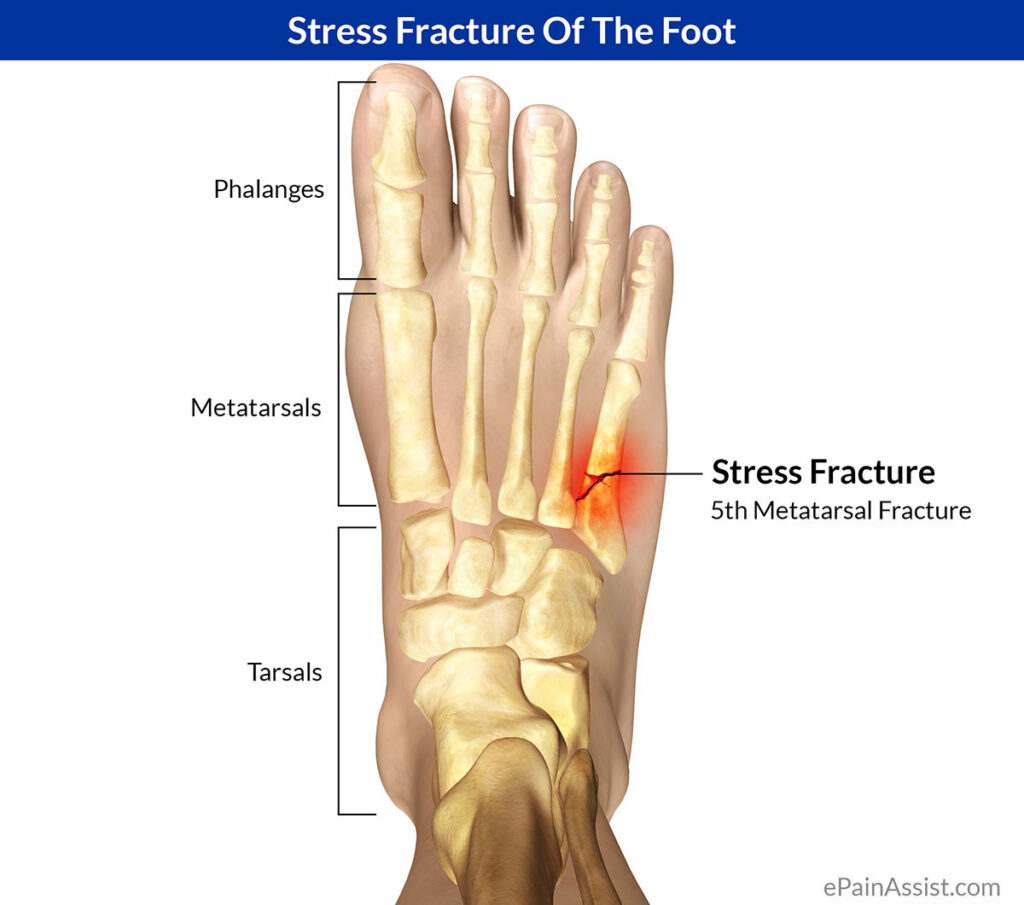Dancing is a physically demanding art form that involves equal parts strength, flexibility and grace. However, the intense training and repetitive movements that accompany dance can often lead to injuries, with stress fractures being one of the most common that I see in the clinic. In this blog post, I will delve into the world of stress fractures, exploring their causes, symptoms, and most importantly, how to prevent them.
What are stress fractures?
Stress fractures are small disruptions, cracks or breaks within bone that are caused by repetitive stress and overuse over a length of time. These injuries often occur when muscle becomes fatigued and transfer excessive load to the bones. Stress fractures can be categorised by severity into bone strains, stress reaction or fracture based. In dancers, stress fractures typically develop in the foot, ankle, shin or hip; areas that endure constant impact and weight-bearing during dance training.

What causes stress fractures?
- Overtraining: pushing the body beyond its limits or sudden increases in dance load or intensity
- Inappropriate footwear: ill-fitting or inadequate dance shoes
- Poor technique: incorrect alignment, improper landings, or attempting advances acrobatic skills without proper instruction
- Nutritional deficiencies: insufficient intake of calcium, vitamin D and other important vitamins and minerals

How do I know if I have a stress fracture?
Recognising the signs and symptoms of stress fractures as early as possible is linked to better outcomes and shorter recovery time frames. The most common symptoms that I see are:
- Gradual onset of localised pain, often worsened by weight-bearing activities that seem to improve with rest
- Swelling and tenderness in the affected area
- Increased pain during dance rehearsals or performances
- Bruising or redness around the affected area
How are stress fractures treated?
It is important to seek medical attention (from a physiotherapist or doctor) as soon as possible for an accurate diagnosis and appropriate treatment plan. This may include a combination of rest, immobilisation, rehabilitation exercises, pain management and a graded return to dance program under medical guidance.
Remember, stress fractures require patience and adequate rest for proper healing. Rushing back into intense dance training too soon can exacerbate the injury and lead to long-term issues. Yes, stress fractures are a significant concern for dancers, but with proper understanding, prevention and early intervention, their impact can be lessened. By adopting a more holistic approach to dance training, listening to your body, and prioritising rest and good nutrition, it is possible for dancers to reduce their risk of stress fractures and enjoy a long (and fulfilling!) career in dance.
~ Erin Pregarc, Physiotherapist